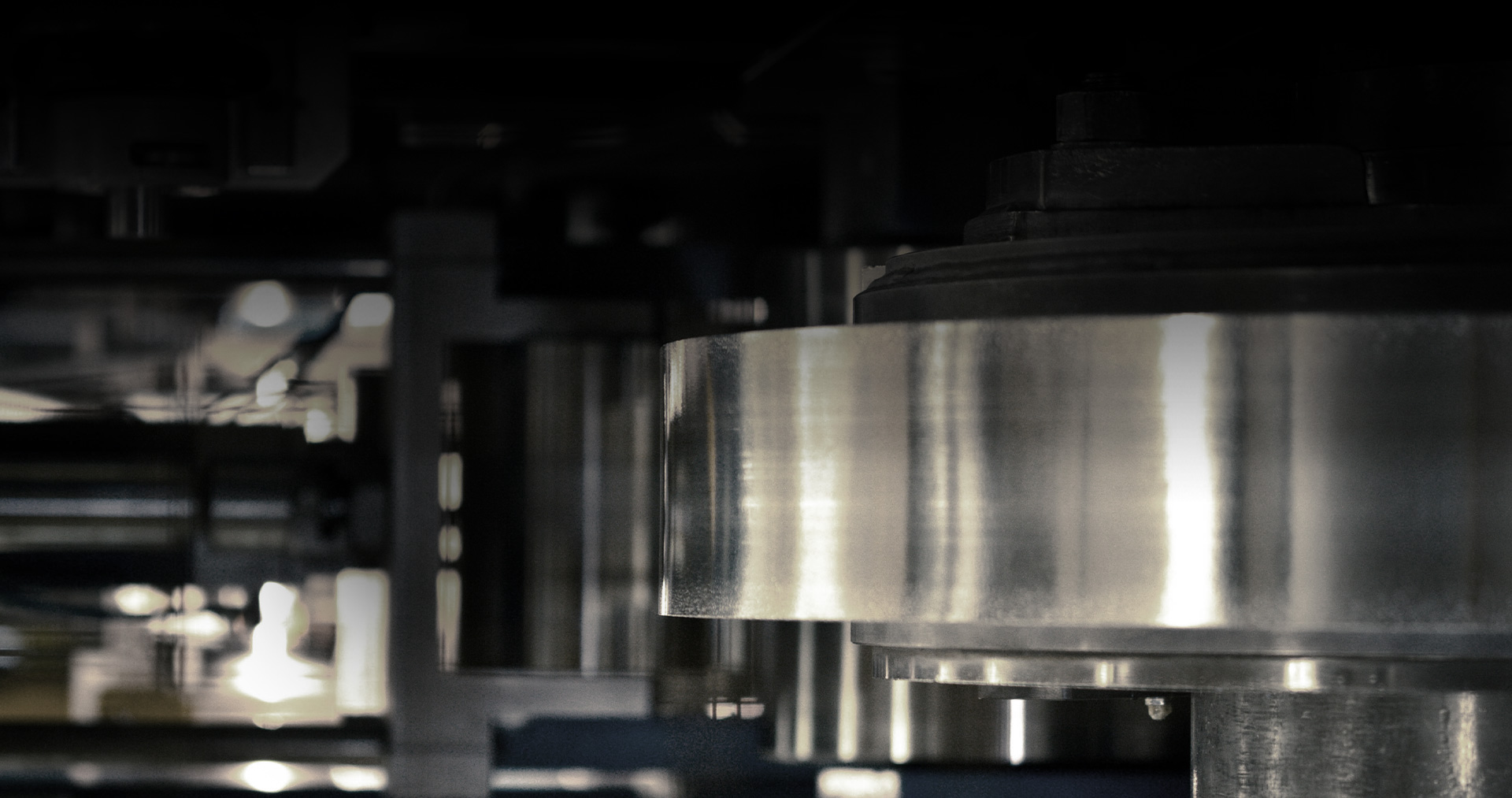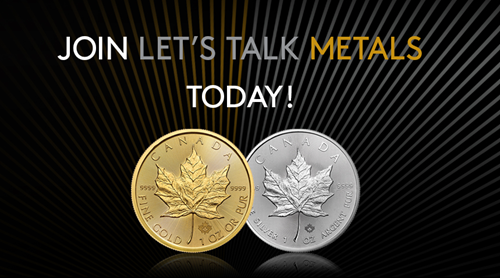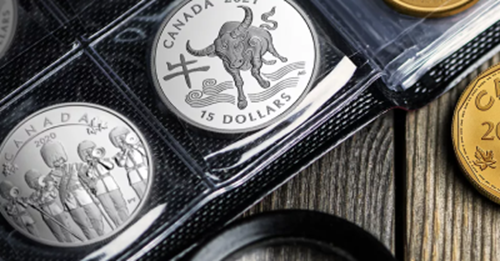What role does silver play in the automotive industry?
- Sep 01, 2024
- loveSILVER
- 5 minute read
The information contained in this article is current as of the date of publishing.
From spark plugs and switches to electrical connectors, silver has long been used to build the parts found in our vehicles. According to the Silver Institute, as cars become more technologically complex and the automotive landscape shifts toward alternatives to traditional internal combustion engine (ICE) vehicles (at least 15 countries have introduced timelines to ban the sale of ICE vehicles), there are even more uses for silver in cars and other vehicles.1 In this blog, we will take a closer look at how silver is used in the automotive sector.
WHY SILVER IS IDEAL FOR MAKING CARS
According to the Silver Institutes review of silver’s role in the automotive industry, as the number of electrical components in cars has grown, silver has become a commonly used element, thanks to its unique physical and chemical properties.2 With the highest thermal and electrical conductivity of any metal, silver helps make those electrical components more efficient.3 It enhances the chemical reactions involved in catalytic converters and hydrogen fuel cells.4 It is durable and resists corrosion and oxidation, making it ideal for applications likely to be subjected to harsh weather and other operating conditions.5 Silver is also less scarce than platinum and other rare metals often used in vehicles, making it an effective but lower-cost substitute for these metals.6


The information contained in this article is current as of the date of publishing.
From spark plugs and switches to electrical connectors, silver has long been used to build the parts found in our vehicles. According to the Silver Institute, as cars become more technologically complex and the automotive landscape shifts toward alternatives to traditional internal combustion engine (ICE) vehicles (at least 15 countries have introduced timelines to ban the sale of ICE vehicles), there are even more uses for silver in cars and other vehicles.1 In this blog, we will take a closer look at how silver is used in the automotive sector.
WHY SILVER IS IDEAL FOR MAKING CARS
According to the Silver Institutes review of silver’s role in the automotive industry, as the number of electrical components in cars has grown, silver has become a commonly used element, thanks to its unique physical and chemical properties.2 With the highest thermal and electrical conductivity of any metal, silver helps make those electrical components more efficient.3 It enhances the chemical reactions involved in catalytic converters and hydrogen fuel cells.4 It is durable and resists corrosion and oxidation, making it ideal for applications likely to be subjected to harsh weather and other operating conditions.5 Silver is also less scarce than platinum and other rare metals often used in vehicles, making it an effective but lower-cost substitute for these metals.6
WHERE CAN YOU FIND SILVER IN A CAR?
Because of these properties, the automotive industry already uses upwards of 1,610 tonnes of silver per year7 for applications including:
- Switches: Silver’s highly conductive nature makes it ideal for use in switches, which use electrical conduction to turn devices on and off. In cars, these may include switches for turn signals, headlights, windshield wipers, climate control, seat adjustments and more.8
- Relays: Much like switches, relays are used to control electronic circuits by adjusting electrical current. As more devices are controlled from a single central power source, these components take on a greater importance and often rely on silver for its excellent conductivity.9
- Circuit breakers and fuses: Silver’s conductivity also makes it vital for safety components like circuit breakers, which protect against short circuits by disconnecting in case of overload, and fuses, which accomplish the same thing by melting.10
- Electromagnetic shielding: The more electronic components that are used in a vehicle, the greater the risk of electromagnetic or radio frequency interference between the various components. At the same time, as more of those components are digitalized, there is greater need to protect against deliberate or accidental inference from external signals as well. Silver is often used to coat electromagnetic interference shielding to increase its durability to severe conditions.11
- Defogging and defrosting: One of the oldest automotive applications for silver is its use in conductive pastes that are embedded into vehicle windows to help keep them clear of fog and frost.12
- Low-emissivity glass: Silver can be used in glass coatings designed to reduce the amount of infrared light entering the vehicle, which helps lower fuel consumption by reducing the need for air conditioning.13
SILVER’S ROLE IN THE AUTOMOTIVE INDUSTRY
As automotive technology has advanced, with the rise of electric vehicles14 more electronic components are built with silver as well as hydrogen-powered vehicles that rely on silver catalysts for the generation of fuel cells.15 Autonomous driving, while not yet common, has already increased the demand for electronic control units and related silver-bearing components.16
Roadside and personal charging stations are made up of switches, transformers, relays and connectors, all of which usually include silver today.
What this could mean for investors remains to be seen, so you should always consult your financial advisor to determine if silver is a suitable investment for your portfolio at this time.
[2] The Silver Institute, Market Trend Report: Silver’s Growing Role in the Automotive Industry, p. 2.
[3] The Silver Institute, Market Trend Report: Silver’s Growing Role in the Automotive Industry, p. 8.
[4] Interesting Engineering, Silver Catalysts Spark a Revolution in Affordable Fuel Cells.
[5] The Silver Institute, Market Trend Report: Silver’s Growing Role in the Automotive Industry, p. 8.
[6] The Silver Institute, Market Trend Report: Silver’s Growing Role in the Automotive Industry, p. 2.
[7] LBMA, The Impact on the Silver Market of the Auto Sector Electrification.
[8] The Silver Institute, Market Trend Report: Silver’s Growing Role in the Automotive Industry, p. 8.
[9] The Silver Institute, Market Trend Report: Silver’s Growing Role in the Automotive Industry, p. 8.
[10] The Silver Institute, Market Trend Report: Silver’s Growing Role in the Automotive Industry, p. 8.
[11] The Silver Institute, Market Trend Report: Silver’s Growing Role in the Automotive Industry, p. 8.
[12] The Silver Institute, Market Trend Report: Silver’s Growing Role in the Automotive Industry, p. 8.
[13] The Silver Institute, Market Trend Report: Silver’s Growing Role in the Automotive Industry, p. 9.
[14] LBMA, The Impact on the Silver Market of the Auto Sector Electrification.
[15] Interesting Engineering, Silver Catalysts Spark a Revolution in Affordable Fuel Cells.
[16] The Silver Institute, Market Trend Report: Silver’s Growing Role in the Automotive Industry, p. 11.
Disclaimers:
© 2024 Royal Canadian Mint. All rights reserved.
The links to websites and references to documents provided are available in English only and are owned or operated by third parties. By accessing a third-party website and/or document you understand that they are independent from the Royal Canadian Mint (the “Mint”) and that the Mint has no control over the content of such third-party websites and cannot assume any responsibility for materials created or published by such third-party websites. In addition, a link to a third-party’s website or document does not imply that the Mint endorses the website, the data, information and/or the content of such website. It is your responsibility to ensure that you review and agree to terms and conditions applicable to such websites before using it. Please note that the Mint is not responsible for webcasting or any other form of transmission received from any linked website.
The information provided herein is intended for informational purposes only and is not intended to constitute investment, financial, legal, tax or accounting advice, and you should not rely on the information herein for such advice. Past performance, and historical trends are not indicative of future results. Many factors unknown to the Mint may affect the applicability of any statement or comment made herein to your particular circumstances, and this information does not take into account any investment objectives, financial situation or particular needs of any particular person. You should directly consult your financial professional or other advisors before acting on any information herein. The information and materials herein are provided with the understanding that the Mint is not acting in a fiduciary capacity. Nothing contained herein constitutes a solicitation, recommendation or offer for the purchase or sale of products or services of any kind whatsoever. Diversification does not guarantee any investment returns and does not eliminate the risk of loss.
The information provided herein may contain forward-looking statements which are based on current expectations and are subject to change. Forward-looking statements involve significant known and unknown risks, uncertainties and assumptions. A number of factors could cause actual results, performance or achievements to be materially different from any future results, performance or achievements that may be expressed or implied by such forward-looking statements. These statements are not guarantees of future performance and should not be relied upon as such. The Mint assume no responsibility for updating any information, including forward-looking statements, contained herein.
Mint does not guarantee the accuracy or completeness of any information contained herein, nor does the Mint accept responsibility for any losses or damages arising directly or indirectly from the use of or reliance on this information.
Reproduction or redistribution of any of this information is expressly prohibited without the prior written consent of the Mint.
Any person accessing this information should also consult the Mint’s website Terms of Use | The Royal Canadian Mint.


loveSILVER™
loveSILVER™
Silver is one of the scarcest, most essential and most valuable metals in the world. The industrial usages for silver are rich, driving its demand and appeal as an investment. Silver is precious and here’s why.



